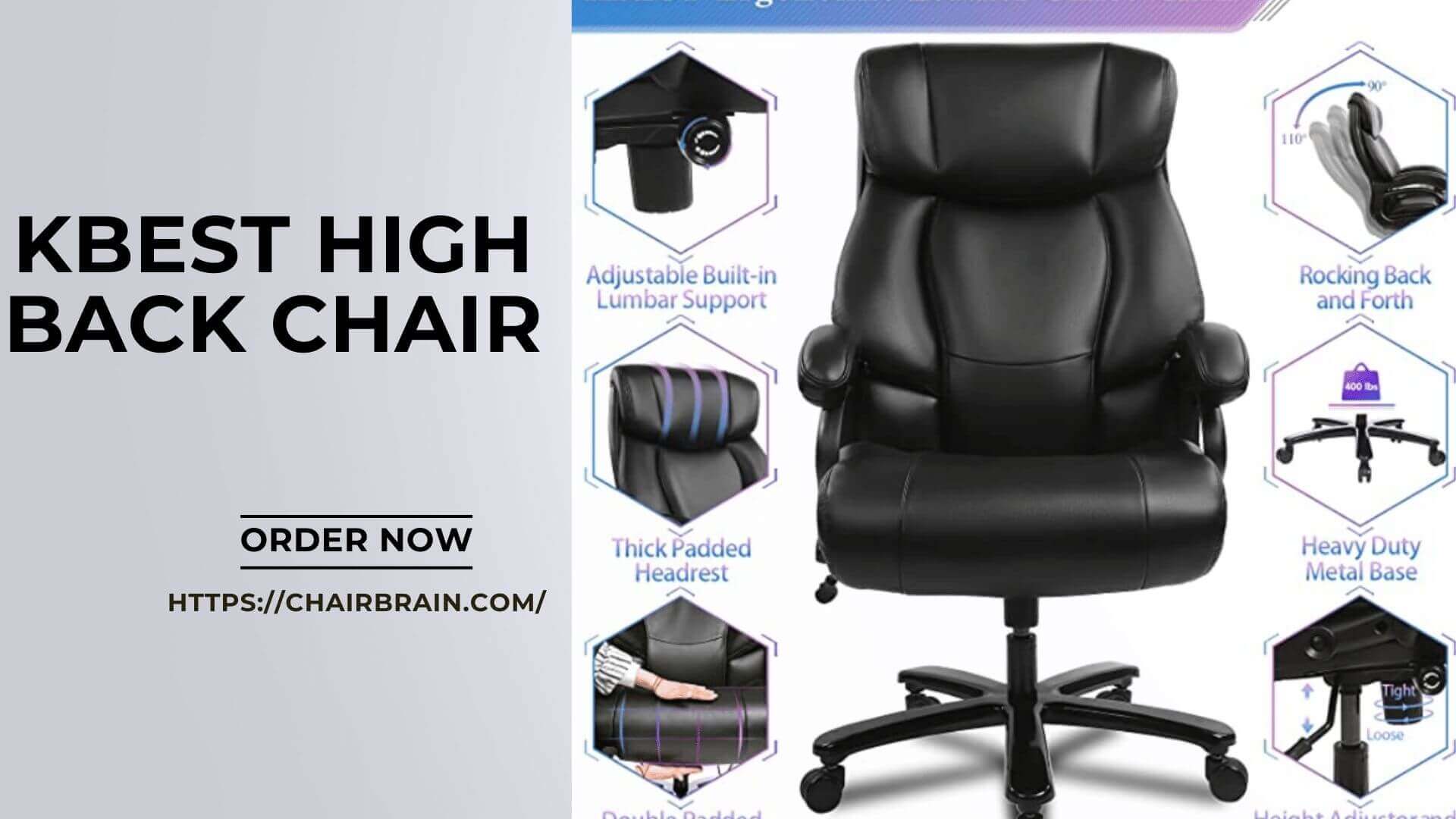Chair Features for Post-Hip Replacement Comfort: Best Chair After Hip Replacement

Selecting the right chair after hip replacement surgery is crucial for comfortable recovery and preventing further complications. The chair’s design significantly impacts posture, reducing strain on the hip joint and promoting healing. Proper support and adjustability are key elements to consider.
Chair Feature Comparison for Post-Hip Replacement Comfort, Best chair after hip replacement
The following table compares essential chair features to optimize comfort and support during recovery. Proper selection of these features can significantly aid in pain management and successful rehabilitation.
| Feature | Optimal Characteristics | Impact on Recovery | Example |
|---|---|---|---|
| Seat Height | Allows for hip and knee flexion at 90 degrees when seated; feet flat on the floor. Should be adjustable. | Reduces strain on the hip joint; prevents slouching and promotes good posture. | A chair with adjustable height allows users to achieve the proper sitting posture irrespective of their height. |
| Seat Depth | Should allow 2-3 inches of space between the back of the knees and the seat edge. Too deep can cause pressure on the back of the knees, while too shallow can cause pressure on the thighs. | Prevents pressure points and promotes even weight distribution, minimizing discomfort and improving circulation. | A chair with a slightly sloped seat can provide additional support and alleviate pressure points. |
| Armrest Height | Should allow the elbows to rest at a 90-degree angle when seated, with the forearms parallel to the floor. Should be padded and sturdy. | Supports the upper body, reducing strain on the back and shoulders, facilitating easy standing and sitting. | Armrests that are too high or too low can force awkward posture, increasing strain on the joints. |
| Armrest Type | Padded armrests provide added comfort and support. Consider armrests that are wide enough to support the full forearm. Avoid armrests that are too narrow or too far apart. | Reduces pressure points on the arms and elbows, improving comfort and reducing fatigue. | Wide, padded armrests facilitate comfortable resting and leverage when rising from the chair. |
| Back Support | Should provide lumbar support, aligning the spine and promoting good posture. Consider chairs with adjustable lumbar support. | Reduces back pain and fatigue, promotes proper spinal alignment, and minimizes strain on the hip joint. | A chair with a high back and adjustable lumbar support can help maintain a neutral spine during prolonged sitting. |
| Overall Ergonomics | The chair should provide proper support for the entire body, promoting a neutral posture with minimal strain on the joints. | Enhances comfort, reduces pain, and promotes faster recovery by minimizing stress on the hip joint. | A well-designed ergonomic chair considers all aspects of posture and body support. |
Suitability of Different Chair Types for Post-Hip Replacement Recovery
Different chair types offer varying levels of support and functionality during recovery. Careful consideration of the pros and cons of each type is essential for selecting the most appropriate chair.
| Chair Type | Pros | Cons |
|---|---|---|
| Recliner | Allows for easy adjustment of position; provides good back and lumbar support; facilitates comfortable resting. | Can be bulky and difficult to maneuver; may not be suitable for all individuals; some models lack proper ergonomic design. |
| Desk Chair (Ergonomic) | Provides good lumbar support; adjustable height and armrests; facilitates sitting for extended periods. | May not be suitable for resting or napping; requires sufficient space; may not be as comfortable for prolonged sitting as a recliner. |
| Armchair | Provides comfortable seating; may offer good back support; aesthetically pleasing. | May lack adjustability; lumbar support may be inadequate; not ideal for prolonged sitting. |
Posture and its Impact on Hip Replacement Recovery
Maintaining proper posture is crucial for minimizing pain and strain on the hip joint during recovery. A poorly supported sitting position can exacerbate pain and hinder the healing process.
Maintaining a neutral spine, with the hips and knees at a 90-degree angle, is the ideal sitting position. This minimizes strain on the hip joint and promotes proper spinal alignment.
The chair’s features directly influence posture. For example, a chair with inadequate lumbar support may cause slouching, leading to increased pressure on the hip. Conversely, a chair with adjustable height and armrests allows for proper positioning, minimizing strain and promoting comfort. Proper height ensures feet are flat on the floor, reducing strain on the legs and hips. Armrests facilitate easy standing and prevent over-reaching. A chair back that supports the natural curvature of the spine prevents slouching and promotes proper spinal alignment.
